The nuances of growing onions on the windowsill

Sweet onion is a healthy plant that is rich in vitamins and antioxidants. Nowadays, many people grow it right in their homes. Today we will talk about the nuances of growing this crop on windowsills.
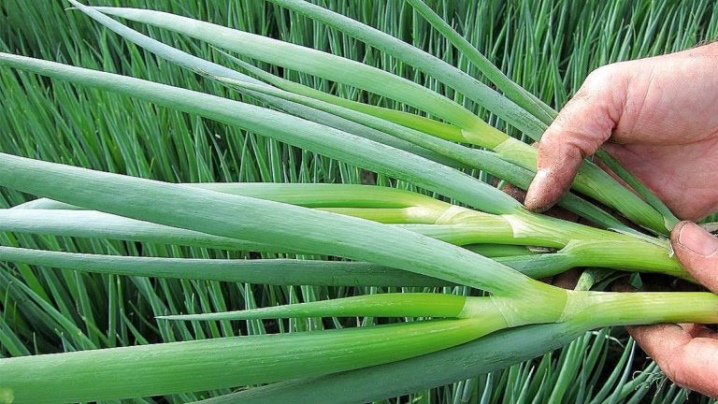
Advantages and disadvantages
Growing onions on a windowsill has some benefits.
-
Convenience. If necessary, you can easily pluck the right amount of such onions without leaving your home.
-
Ease of maintenance. Batun onions are considered to be quite a demanding crop. He needs frequent watering, the introduction of various fertilizers. All these procedures can also be performed without leaving home. It is recommended to place containers on the sunniest side. They are often placed on balconies as well.
-
Saving space. Culture won't take up too much space in the house. It can be planted in compact containers. At the same time, there will be no need to allocate a separate place in the garden.
But this growing method also has some disadvantages. In winter, the onion will not receive enough light on the windowsill, so you will have to use special phytolamps.
In addition, the plantings will have to be regularly sprayed in winter. After all, heating equipment will dry out the air in the room, which will negatively affect the condition of the plants.
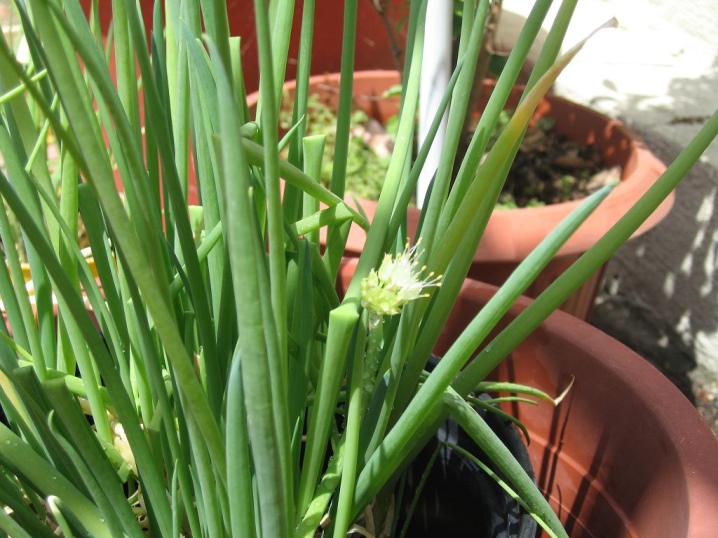
Preparation
Before landing, you need to do some preparatory activities. To do this, first, the seeds of the culture are soaked in a solution of potassium permanganate for 30 minutes. After that, they are immersed in heated water for 10-12 hours. During this procedure, the water will need to be changed twice.
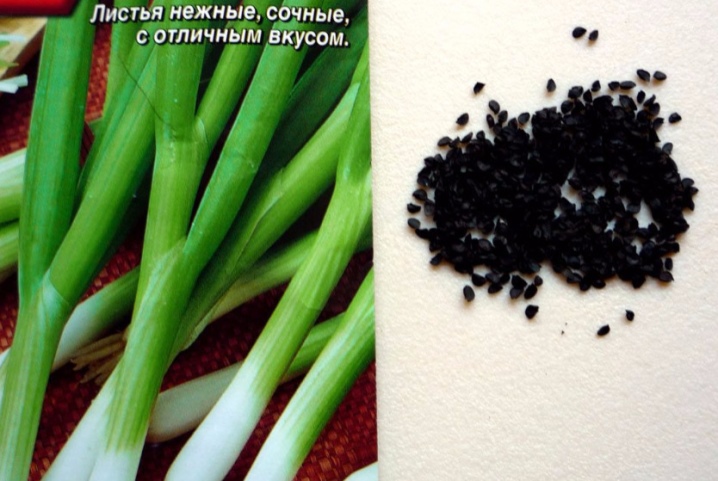
Sometimes, instead of a solution of potassium permanganate, formulations with the drug "Fitosporin" are used. It will allow in the future to prevent the emergence and development of various fungal diseases.
After this treatment, the seed should be well dried. When planting, the seeds must be dry and free flowing.
It is also recommended to treat the seed with a growth stimulant. Such substances are sold ready-made in specialized stores. For the same purposes, you can use the juice of aloe or garlic.

And you also need to prepare the soil for planting in advance. It should be neutral in acidity and high in nutritional value. You can add peat and clean sand to its composition. The best option for such vegetation will be sandy loam and loamy soils.

For home cultivation, land taken from the garden can also be suitable. But in this case, it will need to be pre-steamed for 30 minutes, and then poured with a solution of potassium permanganate. After that, humus is added to it. You can mix garden soil with store bought soil.
In any case, it is recommended to disinfect the earthen mixture first. To do this, you can also use a solution of potassium permanganate. Soaked in this composition, the soil is left for several days in a room with room temperature. Remember that sowing seeds in cold ground is strictly prohibited.
Select a suitable container for planting in advance. Almost any drawer or pot with a height of at least 15 centimeters will do. Small holes are made in the bottom of such containers, through which the excess water will go into the pallet. This will prevent moisture stagnation and the development of fungal diseases.
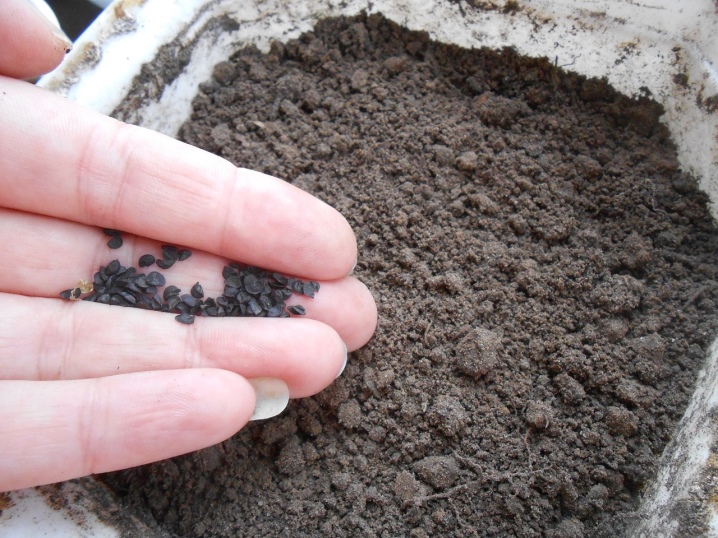
Remember that such vegetation can be placed on the windowsill throughout the year.On the balcony, containers with this onion can only be left for the periods from April to October.
Landing
Now we will figure out how to properly plant the onion at home on the window. The containers are filled with earth. Small grooves are formed in it at a distance of 5-6 centimeters from each other.
After that, the treated seeds are deepened into the soil by about 2-3 cm. Next, the soil is slightly sprayed with a spray bottle. All this is covered with foil and sent to a warm place before the first shoots appear.
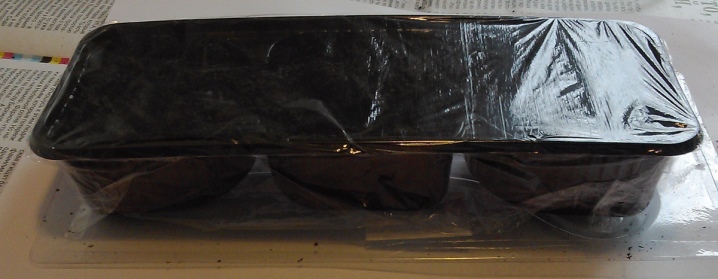
Care
To grow such a culture in an apartment or house and get a full harvest, special care is needed. The onion is not picky about the temperature regime, it easily tolerates both coolness and heat. But still it will be necessary to periodically ventilate the room in which the landings are located.
The culture requires regular, but moderate watering. Water must first be infused. Moreover, the warmer the liquid, the more it will be needed. In order to always maintain optimal humidity, you can place several containers of water next to the plants.
Top dressing is also important. Without them, the onion will be small and pale. Fertilizers should be applied twice a month. The best option would be mineral dressings, they can be purchased ready-made in garden stores.

Once a month you can add vermicompost. A good option would be infusions prepared on the basis of various herbs: dandelion, celandine, calendula, nettle. After the first shoots appear, you can add superphosphate and potassium sulfate.
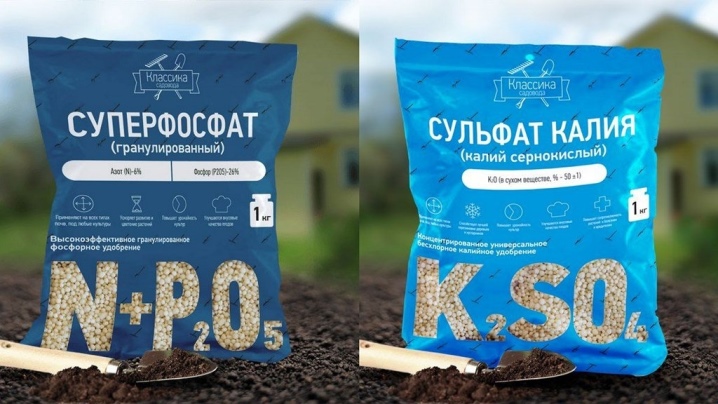
As a fertilizer, a solution with wood ash can be suitable. For the prevention of various diseases, you can prepare a composition with tobacco dust, with mustard powder. To cure the plant and increase its immunity, infusions with potato or tomato tops, prepared at home, can also be suitable.
Harvesting
The greens can be cut when they reach a height of 17-20 centimeters. This is done with careful and slow movements along a pair of extreme feathers. The first shoots should not be touched, otherwise the plant may greatly slow down in its growth.
By the autumn season, the greens are already cut off completely at the surface of the earth. The green leaves are carefully collected in bunches and placed in a plastic bag. In this form, the crop is sent to the refrigerator.
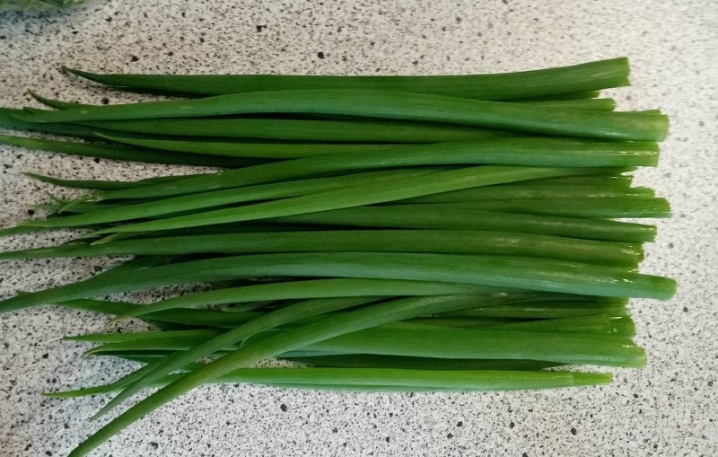
The onion-batun can continue its development in winter, but at the same time it will be necessary to provide a suitable temperature regime (17-18 degrees Celsius). When the feathers begin to lose their freshness and taste, then the bulb will no longer be suitable for a good harvest.













The comment was sent successfully.